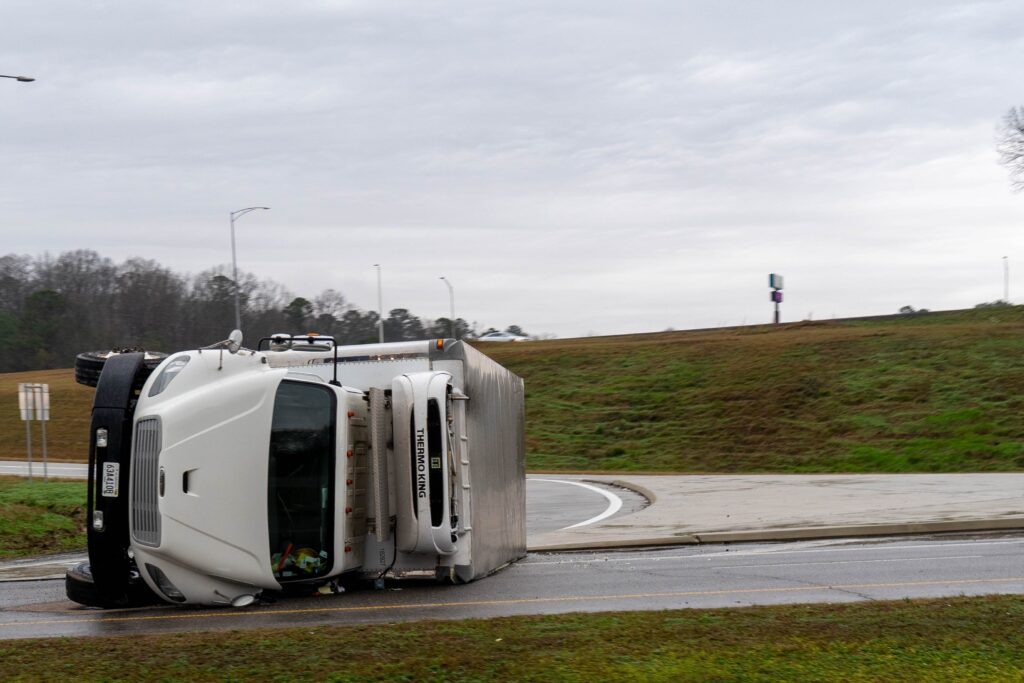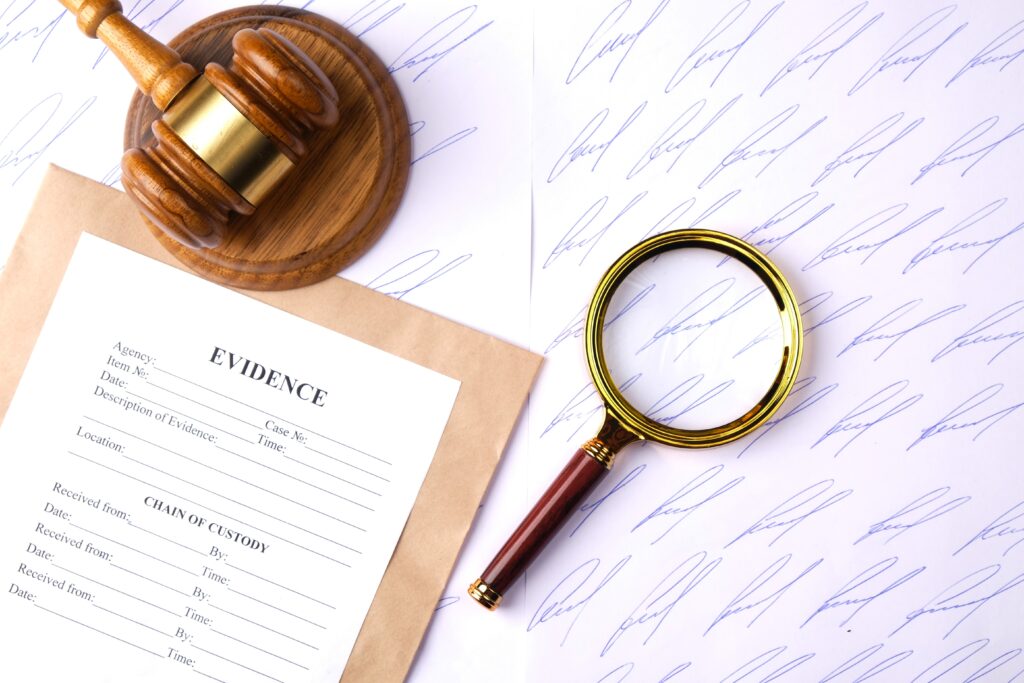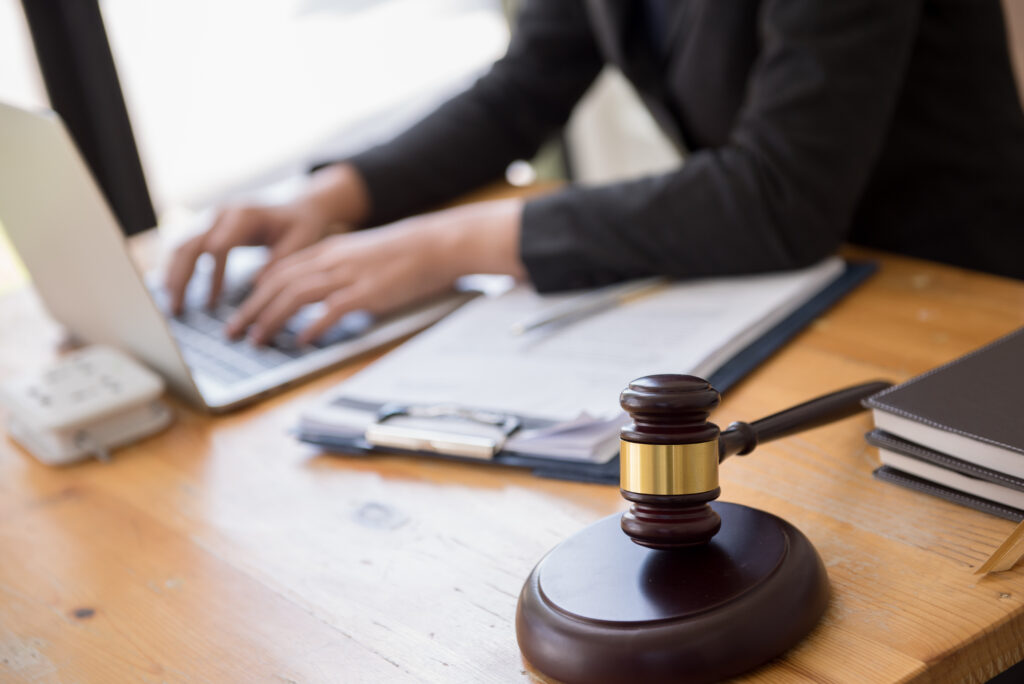Rollover accidents often result from driver negligence, including speeding, distracted driving, driving under the influence, or reckless maneuvers.
If you suffered injuries in a rollover collision, a skilled Edmonton car accident lawyer can navigate the legal process for you. They will investigate the incident, gather evidence, and determine fault. The lawyer can then file a claim with the at-fault driver’s insurance company, negotiate for fair compensation, and, if necessary, pursue a lawsuit. Their knowledge and skills ensure that your rights are protected – and that you receive proper compensation for lost income, pain and suffering, and other accident-related damages.
Types of Driver Negligence that May Cause Rollover Accidents

Rollover accidents can be some of the most dangerous types of collisions on the road, often leading to severe injuries or fatalities for those involved. These accidents typically result from driver negligence, which refers to actions or inactions that fail to meet a reasonable standard of care behind the wheel. Several types of driver negligence can contribute to a rollover accident that affects not only the driver and passengers but also other motorists and their passengers.
One of the most common forms of driver negligence leading to rollover accidents is speeding. When drivers exceed the speed limit or drive too fast for road conditions, they increase the likelihood of losing control of their vehicle, especially on curves or during sudden maneuvers. High speeds can cause a vehicle to tip or slide, particularly if it is a taller vehicle like an SUV or a truck.
Another form of negligence that can lead to a rollover is distracted driving. Drivers who take their attention off the road, whether to check their phones, eat, or engage in conversation, risk not noticing critical hazards, such as sharp turns, road debris, or other vehicles. This distraction can result in swerving or overcorrecting, which increases the risk of a rollover, particularly if the vehicle’s tires lose their grip on the road.
Driving under the influence of alcohol or drugs is another serious form of negligence that often leads to rollovers. Impaired drivers have slowed reaction times, poor decision-making skills, and reduced coordination, all of which make it harder to navigate the vehicle safely. A sudden swerve, sharp turn, or even the inability to steer correctly can cause the vehicle to roll over, endangering vehicle passengers and other motorists.
Reckless driving, such as tailgating, aggressive lane changes, or ignoring traffic signals, can also result in rollovers. When drivers act aggressively, they are more likely to make sudden movements or misjudge their vehicle’s stability, which can result in a dangerous rollover accident. In such cases, not only is the negligent driver at risk but other road users and their passengers may also be affected by the collision.
Common Injuries that Victims Suffer in Rollover Accidents
Rollover accidents are some of the most dangerous types of crashes and can cause severe injuries to those involved. When a driver’s negligence leads to a rollover, victims – including passengers inside the vehicle – may experience a range of injuries, from minor to life-threatening. These injuries are often due to the violent nature of the crash, the force of the vehicle flipping over, and the lack of protection inside the vehicle once it rolls.
One of the most common injuries in rollover accidents is head trauma, including concussions, skull fractures, and brain injuries. During a rollover, the driver and passengers are tossed around inside the vehicle, and their heads can strike windows, the dashboard, or other parts of the car. Head injuries can range from mild to severe, with traumatic brain injuries (TBIs) often causing long-term complications such as memory loss, impaired motor skills, and even permanent disability.
Spinal cord injuries are also frequent in rollover accidents. The force of the vehicle flipping over can put intense pressure on the spine, potentially leading to fractures, herniated discs, or paralysis. Spinal cord injuries can be catastrophic, leaving victims with lifelong mobility issues or paralysis from the neck down (quadriplegia) or the waist down (paraplegia).
Another common injury is fractures, especially broken bones in the arms, legs, ribs, or pelvis. The violent motion of a rollover can cause limbs to bend or twist unnaturally, leading to fractures. Rib fractures are particularly dangerous because they can puncture internal organs like the lungs, causing serious complications such as internal bleeding or difficulty breathing.
Internal injuries are also a significant risk in rollover accidents. The violent forces involved can cause damage to internal organs, including the lungs, spleen, liver, and kidneys. These injuries may not be immediately visible but can be life-threatening if not treated promptly. Internal bleeding is a serious concern and may require immediate medical attention.
Finally, whiplash is another common injury in rollover accidents, particularly in cases where the victim’s head and neck are violently thrown back and forth. Whiplash can cause neck pain, stiffness, and headaches, and in severe cases, it may result in long-term chronic pain.
Filing a Claim with the At-fault Driver’s Insurance Company in a Rollover Accident Case
In the aftermath of a rollover accident resulting from a driver’s negligence, filing a claim with the at-fault driver’s insurance company can be a complicated and overwhelming process. An experienced car accident lawyer can be an invaluable resource in helping victims navigate this process, ensuring that they receive the compensation they deserve for their injuries and damages.
One of the primary ways a lawyer can assist is by thoroughly investigating the accident. A skilled car accident lawyer will gather all relevant evidence, such as police reports, witness statements, and medical records. They may also consult with accident reconstruction experts to establish how the accident occurred and prove that the driver was at fault. This thorough investigation is essential for building a strong case and increasing the chances of a successful claim.
Once the facts are established, a lawyer will file a claim with the at-fault driver’s insurance company. This process often involves completing complex paperwork, including detailing the injuries, damages, and any potential loss of income. A car accident lawyer can ensure that all required documents are submitted accurately and on time, reducing the risk of delays or claim denial.
A key part of the claims process is negotiating a fair settlement. Insurance companies are often focused on minimizing their payouts, and they may offer low settlement amounts to accident victims. A lawyer can represent the victim’s best interests by negotiating with the insurance adjusters. They will work to ensure that the settlement fully covers lost earnings, pain and suffering, and other accident-related losses. If the initial offer is insufficient, the lawyer can argue for a higher amount based on the evidence they’ve gathered.
If the insurance company refuses to offer a fair settlement or denies the claim altogether, the lawyer may advise the victim to file a lawsuit. In this case, the lawyer will represent the victim in court, presenting evidence and advocating for compensation. A lawyer’s experience in court can be crucial in securing a favourable verdict.
A lawyer’s legal knowledge and support are essential for victims seeking justice and fair compensation after a rollover accident.
Important Types of Evidence in a Rollover Accident Case

In a rollover accident case, proving negligence is crucial for securing compensation. Negligence occurs when a driver fails to exercise reasonable care, leading to an accident. To prove negligence, a car accident lawyer must gather and present strong evidence that shows the driver’s actions directly caused the rollover. Here are the most important types of evidence that can help prove negligence in such cases.
- Police Reports: A police report is one of the first pieces of evidence collected after an accident. It contains important details, such as the officer’s assessment of the scene, statements from the involved driver(s), and potential citations issued (e.g., for speeding, DUI, or reckless driving). A police officer’s professional evaluation of the accident scene can provide crucial insight into how the accident occurred and who was at fault.
- Eyewitness Testimony: Witnesses who saw the accident unfold can offer vital testimony about the driver’s behaviour before and during the rollover. They may provide details about whether the driver was speeding, driving erratically, or engaging in distractions like texting. Eyewitnesses can confirm the events leading up to the accident and support claims of negligence.
- Traffic and Surveillance Camera Footage: In some cases, nearby traffic cameras or surveillance cameras (e.g., from businesses along the road) may have recorded the accident. Video footage can show the driver’s speed, lane changes, or any unsafe driving behaviours that led to the rollover. This type of evidence is particularly powerful because it can provide an objective, unbiased view of what happened.
- Accident Reconstruction Reports: Experts in accident reconstruction can analyze the physical evidence from the scene, such as skid marks, vehicle damage, and road conditions, to recreate the accident. These experts can demonstrate how the driver’s actions contributed to the rollover. Their detailed analysis can provide a scientific explanation as to the cause of the accident, making it easier to prove negligence.
- Driver’s History and Behavior: A history of prior traffic violations, driving under the influence (DUI), or reckless driving can establish that the driver was prone to negligent behaviour. This history can be used to show a pattern of dangerous driving habits that may have contributed to the accident.
- Medical Records: Medical records documenting injuries sustained in the rollover can provide evidence of the accident’s severity. These records are important in linking the victim’s injuries to the driver’s negligence, supporting the claim for damages.
Recovering Compensation for Injuries in a Rollover Accident
If you’ve been involved in a rollover accident that a negligent driver caused, you may be entitled to compensation for your various losses.
First, if your injuries prevent you from working, you may be entitled to receive compensation for the income you lost while recovering. This can include both past earnings (for the work-time you missed) and future income (if your recovery period is lengthy or if your injuries prevent you from working at your full capacity).
Next, pain and suffering compensation covers the physical pain and discomfort resulting from your injuries. This can include both short-term pain and long-term suffering that may persist even after your medical treatment ends. The severity of your injuries and how they affect your daily life will influence the amount of pain and suffering damages you receive.
In addition to physical pain, many victims experience emotional or psychological harm due to the trauma of the rollover accident. Mental distress damages cover anxiety, depression, PTSD (Post-Traumatic Stress Disorder), and other emotional struggles that may arise due to the accident.
If your injuries result in a long-term or permanent disability that affects your ability to earn money in the future, you may be entitled to compensation for your loss of earning capacity. This is different from lost earnings, as it accounts for the long-term effects on your ability to work and earn a living.
Compensation for loss of life enjoyment recognizes that severe injuries can take away your ability to enjoy activities and experiences you once loved, such as sports, hobbies, or spending time with family and friends. It compensates for the changes to your quality of life.
Also, if your injuries affect your relationship with your spouse, they may be entitled to damages for loss of consortium. This refers to the loss of companionship, affection, and sexual relationship due to your injuries.
Finally, in cases of extreme negligence – such as drunk driving or intentional harm – the court may award punitive damages. These damages are designed to punish the wrongdoer and deter others from committing similar wrongful acts.
Compensation for each loss helps to address the physical, emotional, and financial effects of the rollover accident.
Call an Experienced Car Accident Lawyer Today

If you suffered injuries in a rollover accident that resulted from a driver’s negligence, a skilled Edmonton personal injury lawyer can handle the legal process for you by gathering evidence, filing a timely claim on your behalf, and negotiating with insurance adjusters. If the insurance company does not settle your case favourably, then your lawyer will take the appropriate steps to litigate your case to a successful conclusion in court.
